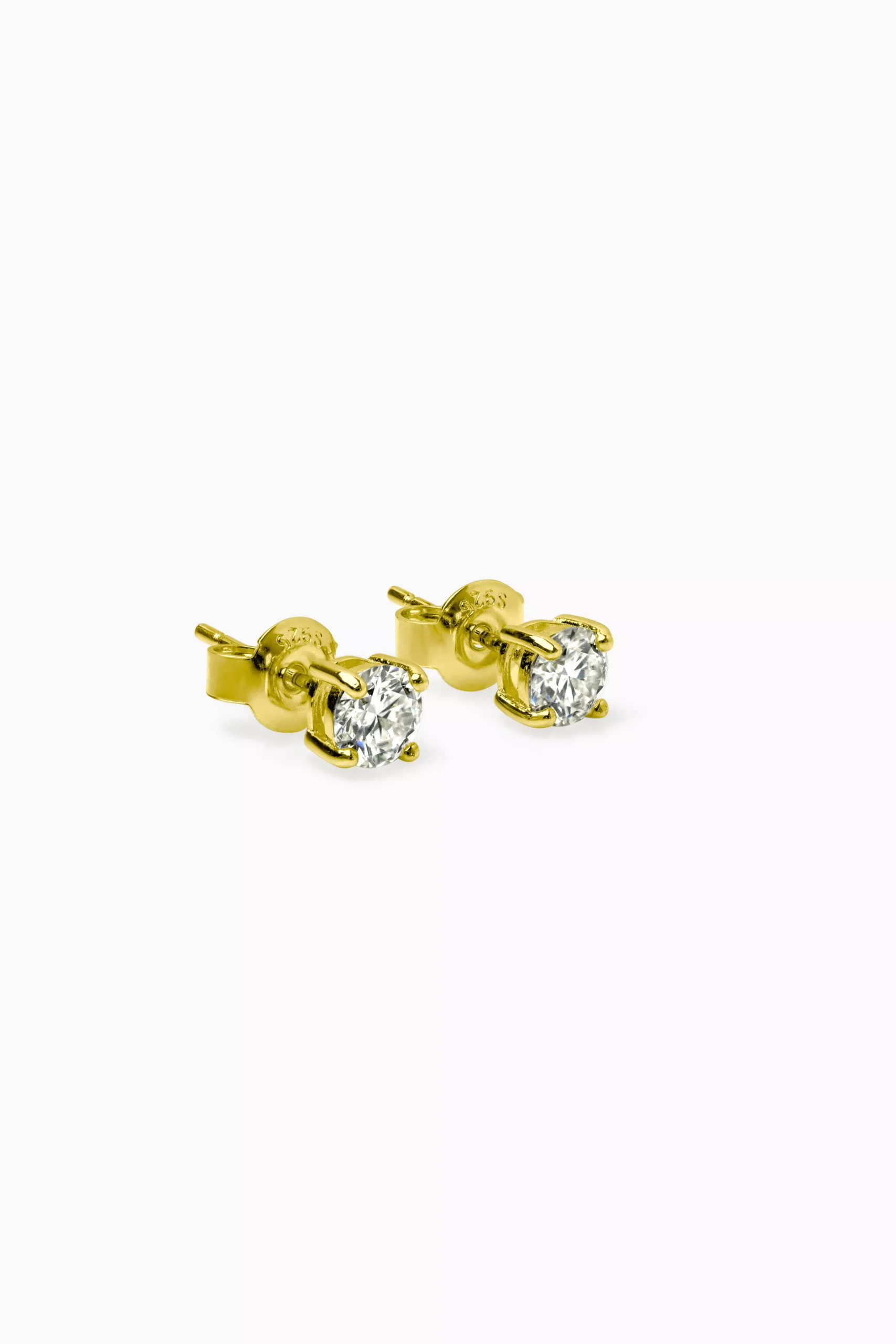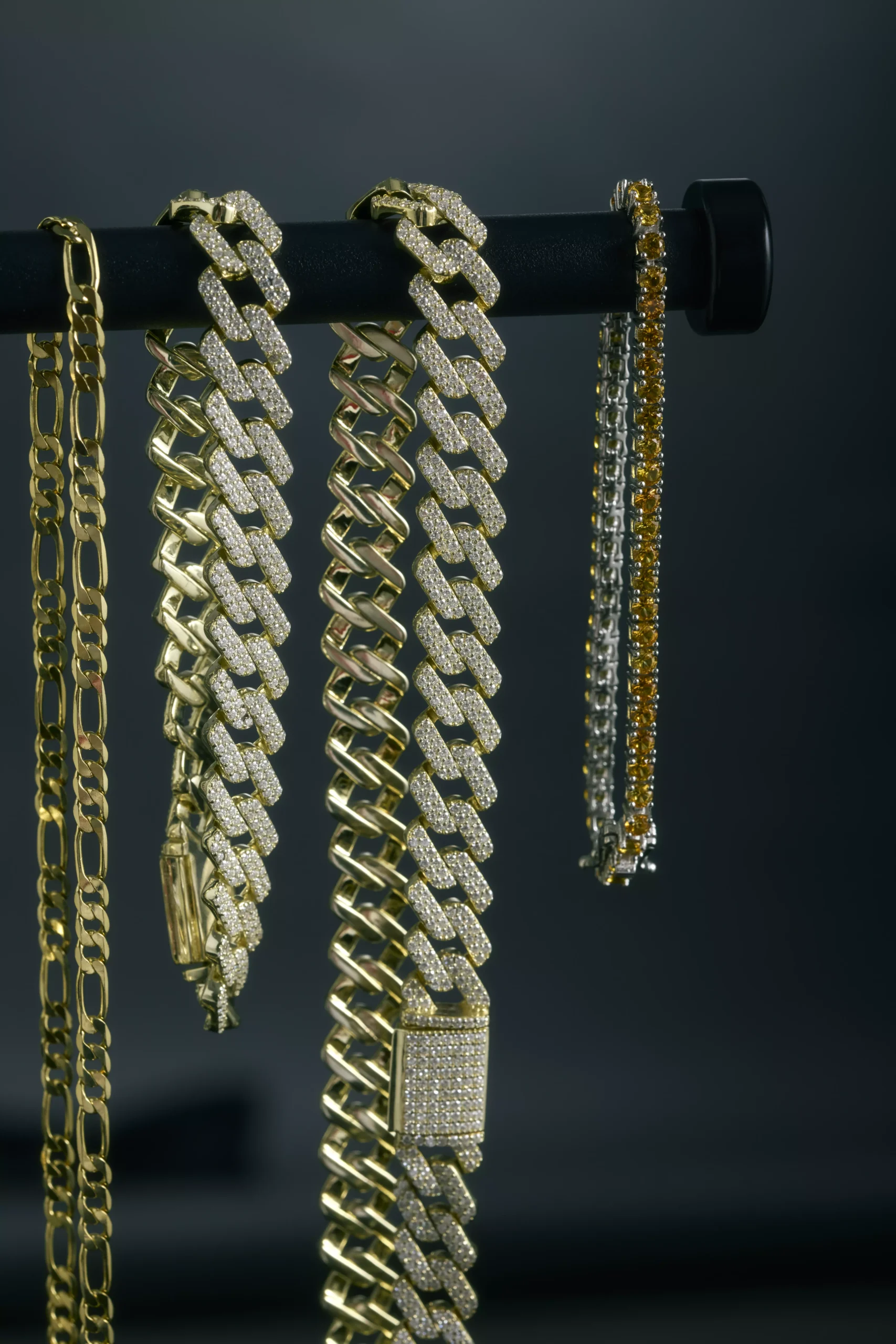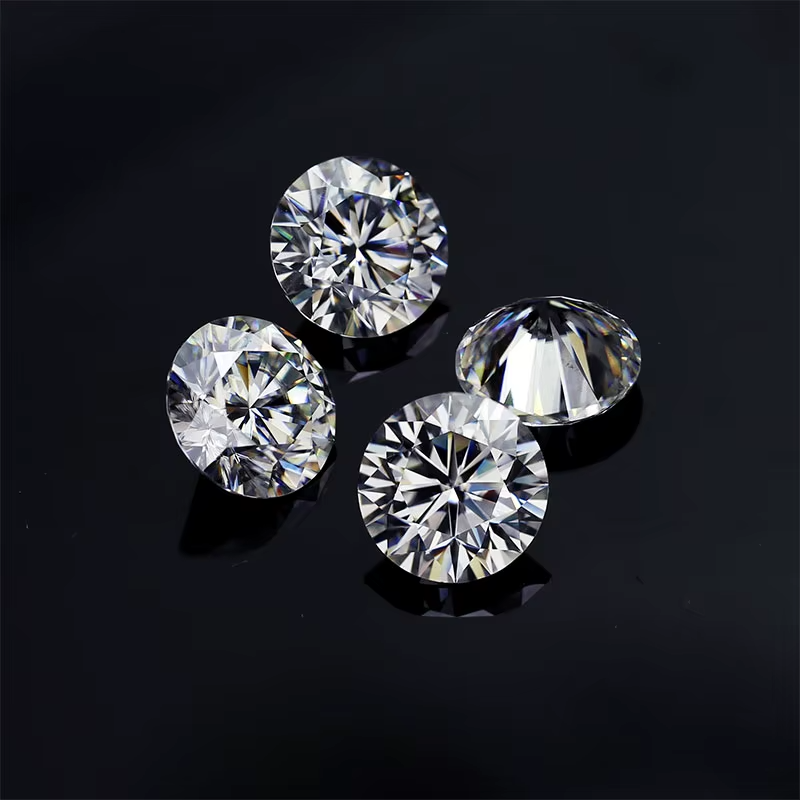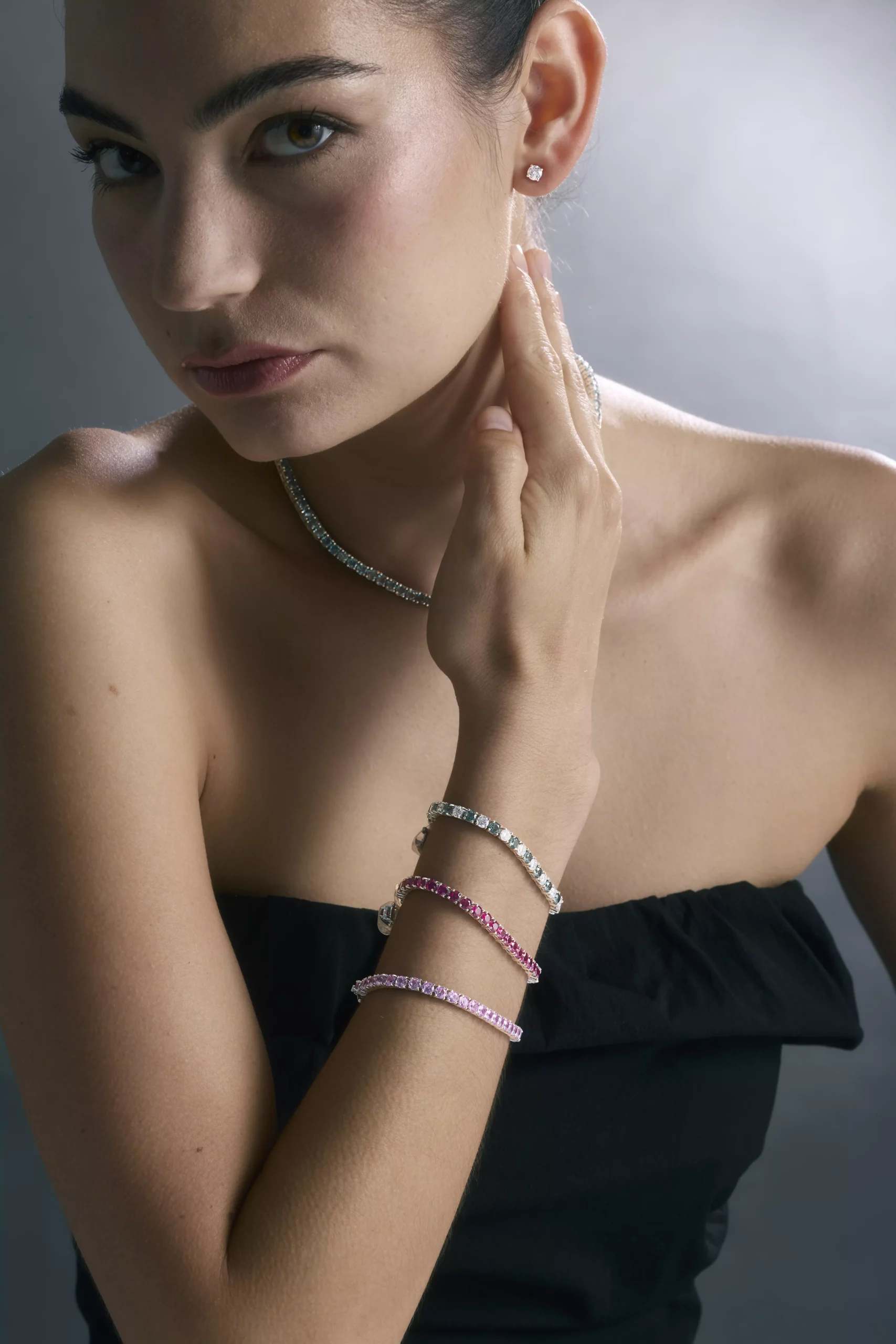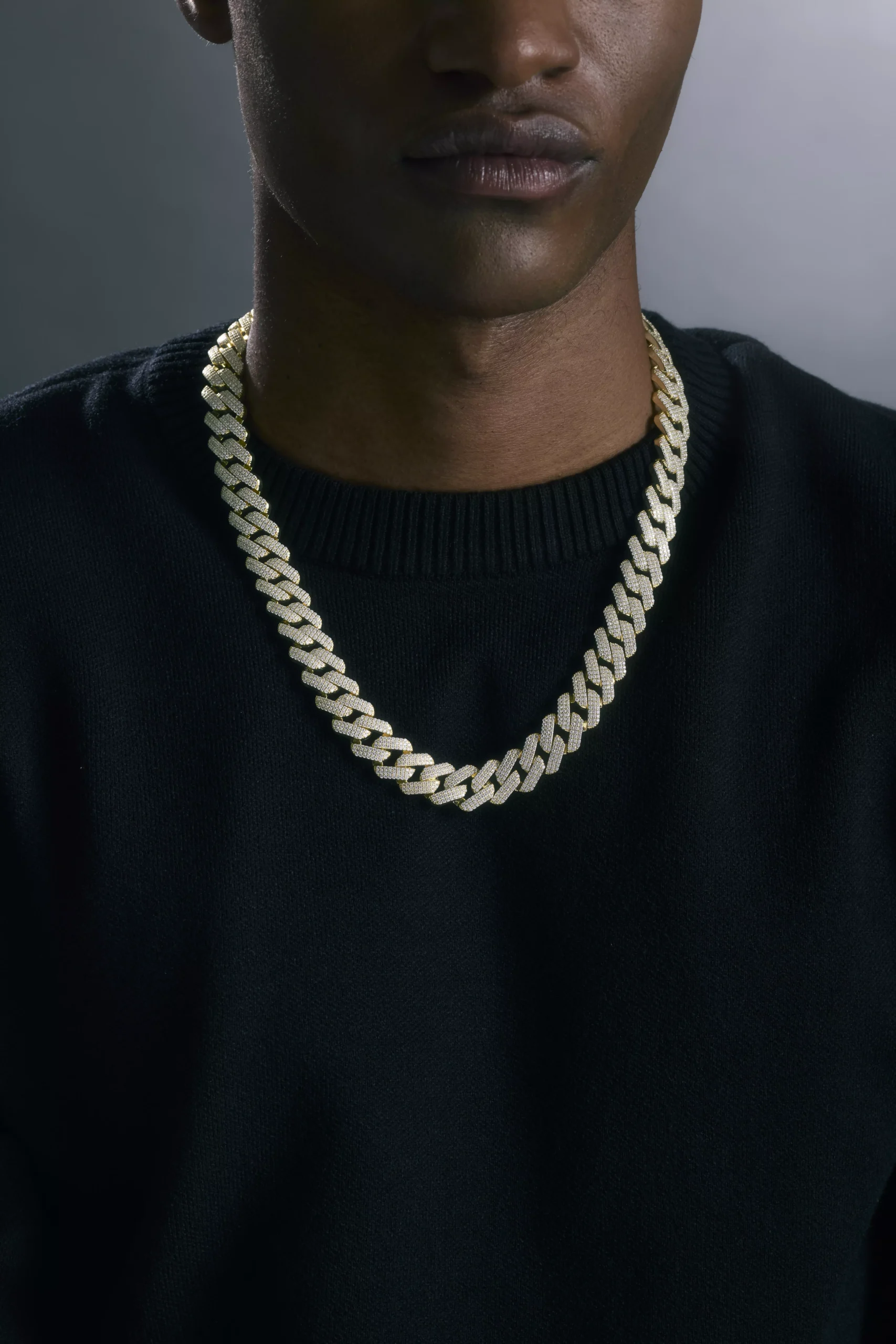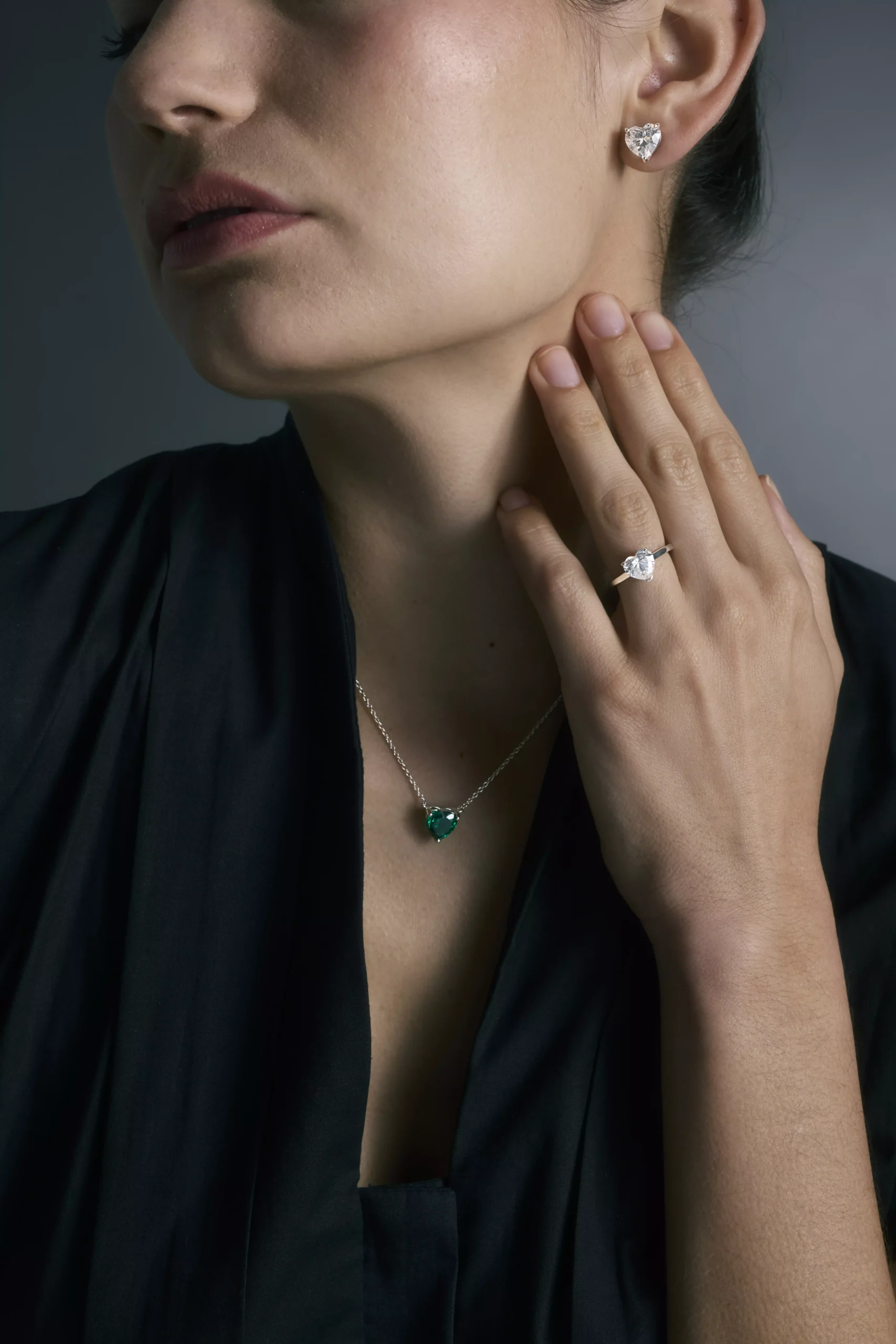- Cubic Zirconia, Diamond, Engagement Rings, Moissanite, Sustainable Jewelry
Moissanite, Cubic Zirconia, or Diamond: Making the Best Choice
- Moissanite SEO
What Is Moissanite – A...
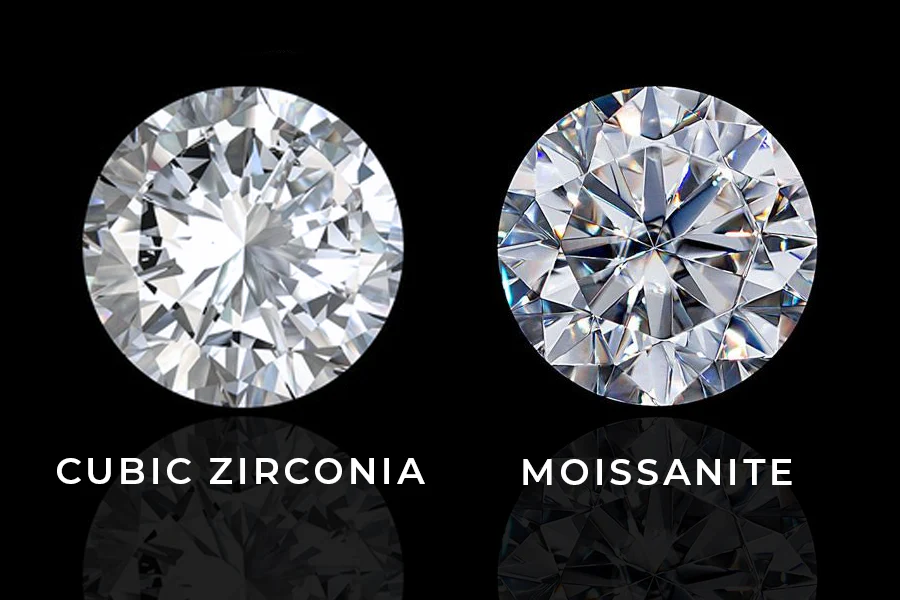
Table of Contents
With so many options on the market, choosing the perfect jewelry piece is always a challenge. You can narrow down the choices by establishing your preferences and beliefs. For example, US sites like DUSANTÉ feature jewelry with ethical gemstones like moissanite. You can add them to your list if you’re into this type of jewelry.
Table Of Content
- Top Heart-Shaped Engagement Rings with...
- Why Is Moissanite So Expensive?...
- What Is Moissanite?
- What Are Diamonds?
- What Is Cubic Zirconia?
- Moissanite vs Cubic Zirconia vs Diamonds – What Is the Difference?
- Brilliance
- Eco-Friendly Jewelry
- Gemstone Hardness
- Color
- The Bottom Line – Which Gemstone Is Right for You?
- Table of Contents
- Dusante
- Moissanite, Cubic Zirconia, or Diamond: Making the Best Choice
- Dusante
- Why Is Moissanite So Expensive? Understanding the True Moissanite Cost
- Dusante
- Moissanite vs Traditional Diamonds: Making the Right Choice
- Dusante
- Caring for Your Moissanite Jewelry: Essential Tips
- Dusante
- Why Moissanite Is the Best Choice for Tennis Necklaces
- Dusante
- Ultimate Guide to Moissanite Engagement Rings
There are also shops and fabulous pieces that use cubic zirconia or diamonds. Thus, which one is better? Your best bet is to compare your options and see which one ticks your boxes.
This article explores the moissanite vs cubic zirconia vs diamond differences, allowing you to make a reasonable choice.
What Is Moissanite?
If you’re looking for eco-friendly jewelry, moissanite might be the best option out there. The gemstone was discovered in 1893 in the remnants of a meteorite by French chemist Dr. Henri Moissan.
He noticed the small, shiny crystals in the crater and initially thought they were diamonds. Upon inspecting them, he found that they consisted of silicon carbide instead, making them different from diamonds.
Because it grows naturally in rare circumstances and is not enough for jewelry creation, moissanite is created in a lab. Many shops, such as DUSANTÉ, sell moissanite jewelry to give potential buyers a more pocket-friendly alternative to diamonds, and one of the most popular options is moissanite engagement rings.
What Are Diamonds?
Diamonds are very expensive gemstones found very deep within the mantle of the Earth. They’re created under very high temperatures and pressure, giving them increased gemstone hardness.
Therefore, the gemstone durability is very high, with the stone being incredibly sparkly. Diamonds are sold for high prices, so they are not widely accessible.


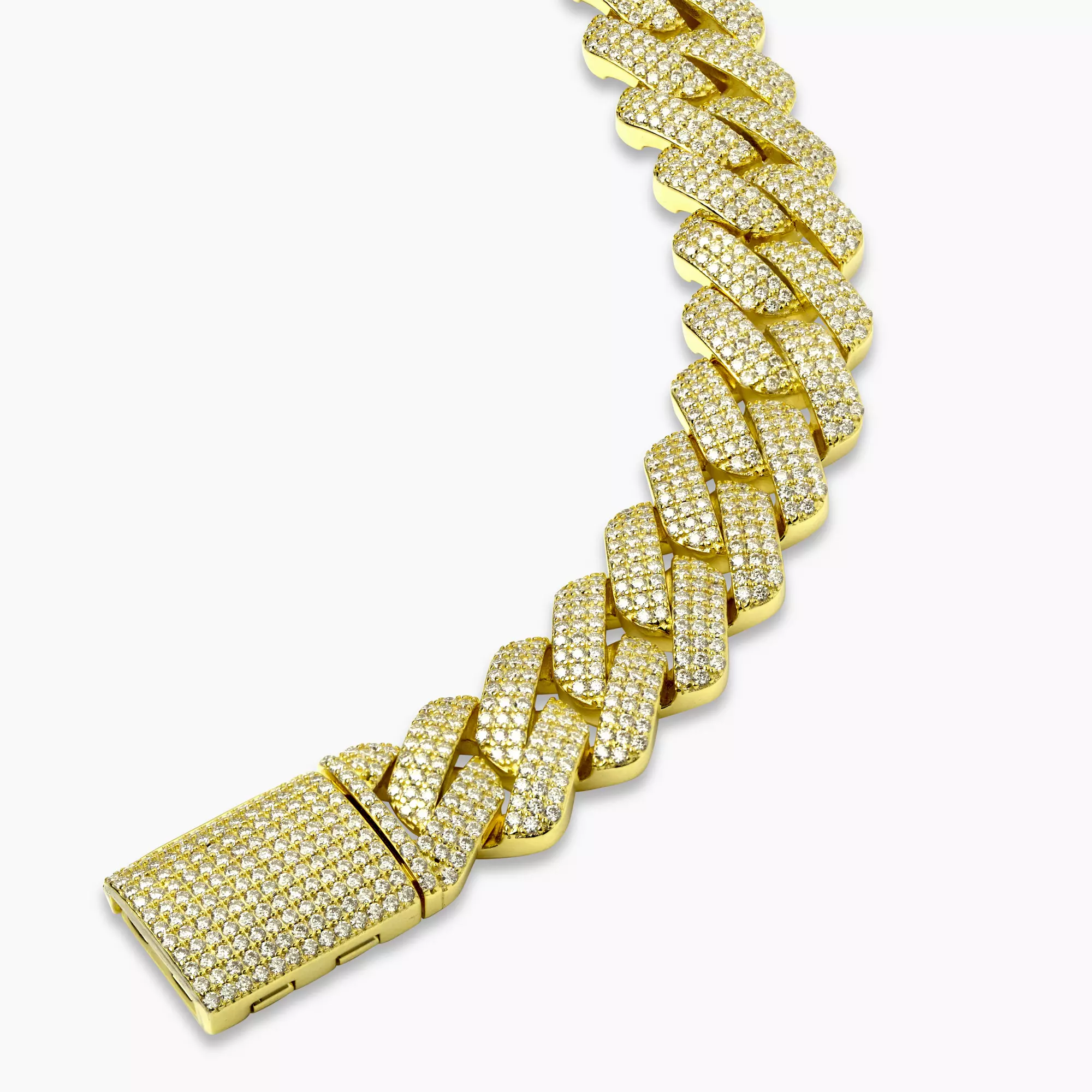
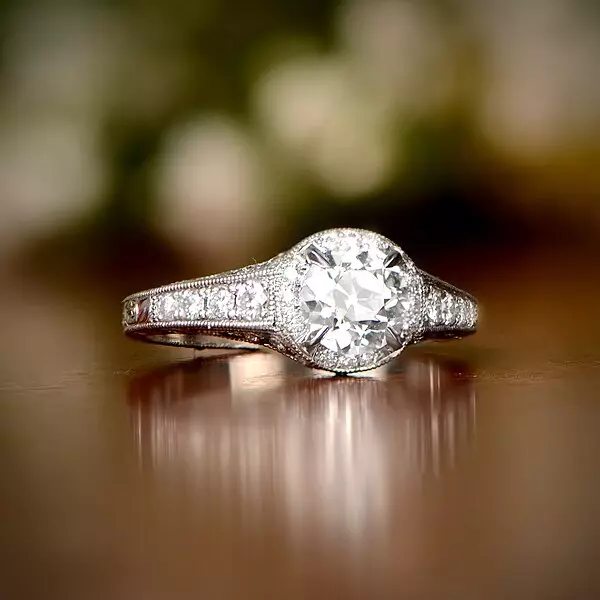
What Is Cubic Zirconia?
Cubic Zirconia refers to a gemstone made of zirconium dioxide. These sustainable gemstones look similar to diamonds thanks to their crystalline look but they are not as durable. They often present themselves as a much cheaper alternative to diamonds.
Naturally occurring cubic zirconia was discovered by German mineralogists, but the manufacturing process of the gemstones began in the 1960s in France. Eventually, the Soviets perfected the process.
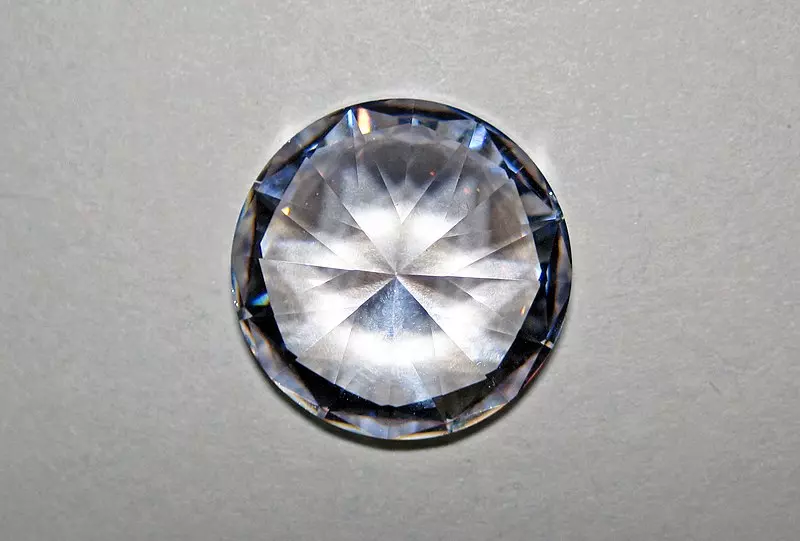
Moissanite vs Cubic Zirconia vs Diamonds – What Is the Difference?
Before making your choice, you have to consider the diamond, moissanite, and cubic zirconia properties. Here are some of the differences you should pay attention to when it comes to these stones:
Value
The price is an important factor for people looking into moissanite vs cubic zirconia vs diamond jewelry. This is because diamonds are known to be very pricey and considering the formation process and how they are mined, it makes sense that the price tag reflects all these efforts.
Diamonds can be found in many shops in the US, but in terms of production by country, Russia was in the lead in 2023, producing 37.32 million carats of diamonds. You may end up paying between $2,000 and $14,000 for a 1.00-carat diamond.
So, moissanite and cubic zirconia come as two affordable diamond alternatives. Moissanite is significantly lower priced and has an impressive brilliance and sparkle, making it look almost identical to diamonds.
If you’re searching for stunning engagement pieces that don’t break the bank, moissanite engagement rings are a great substitute for diamonds.
However, out of the three, cubic zirconia takes the lead as the cheapest option. While this may sacrifice some of the qualities and benefits of its counterparts, it’s a good option for anyone who doesn’t want to break the bank.
Brilliance
Diamonds have a high refractive index of 2.42. This makes the gemstone very shiny, giving it a lot of fire. It’s fascinating to see how the stone reflects light.
Cubic zirconia has a decent brilliance. Its refractive index is 2.15 – 2.18. It’s pretty dazzling but still not as shiny as pricier gemstones.
Moissanite has the highest refractive index out of the three, with a scale of 2.65 – 2.69. It has a lot of fire and brilliance, so this is the best option if you love seeing light reflected by your gemstones.
Eco-Friendly Jewelry
If you want to go for a more environmentally friendly stone, then moissanite is the best. What makes moissanite an excellent and sustainable option for eco-friendly jewelry is the fact that it’s grown in a laboratory. No mining or other harmful processes are involved, making it suitable for those who want to protect nature.
The same can be said about cubic zirconia. The stone is eco-friendly and sustainable due to being a lab-produced piece.
On the other hand, diamonds cause some harm to the environment due to mining. Some areas have been affected by diamond mining over the years due to poor regulation and planning.
Gemstone Hardness
Out of the three stones, diamonds have the highest gemstone hardness. They are extremely strong and durable and feature a hardness of 10 on the Mohs scale.
Moissanite is a close second, with a 9.25 hardness, making it almost as strong as diamond. Meanwhile, one of the cubic zirconia properties is being the least hard stone, with 8 to 8.5 in hardness. So, it’s more likely to get damaged as you wear it.
Color
Diamonds are usually colorless, and the same can be said about moissanite. However, the latter can also have slightly gray or yellow hues, depending on the production process. The better the quality of moissanite is, the less color it will have. Meanwhile, cubic zirconia tends to be colorless most of the time.
If you want, moissanite can be made to have different shades. US Shops like DUSANTÉ offer various moissanite colors to cater for all needs and preferences.
The Bottom Line – Which Gemstone Is Right for You?
If you are looking for an engagement ring or any type of jewelry that features gemstones, you may have a hard time choosing between moissanite vs cubic zirconia vs diamond.
Diamonds are amazing, unique, and durable, but they tend to harm the environment due to the mining process and are expensive.
Eco-friendly jewelry like cubic zirconia is the cheapest option, but factors such as durability and brilliance are sacrificed for its price.
Moissanite engagement rings are the best if you want sustainable gemstones and a good price-quality ratio. Moissanite is cheaper than diamonds and has more brilliance while being as strong and durable as its diamond counterparts.

